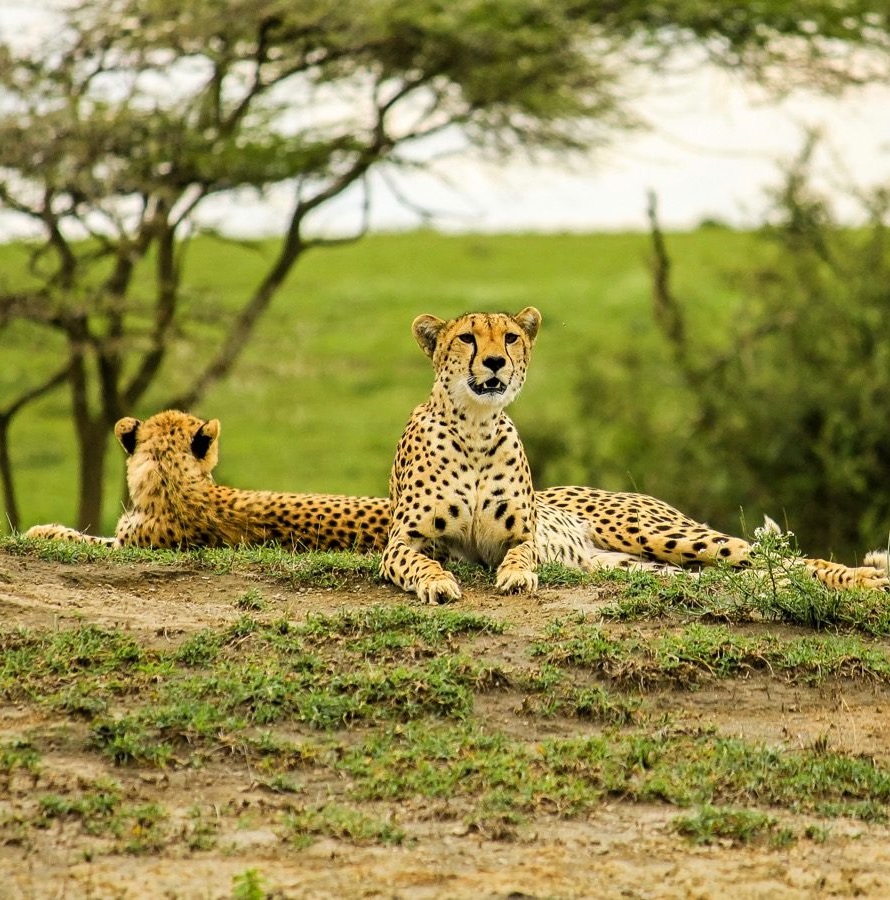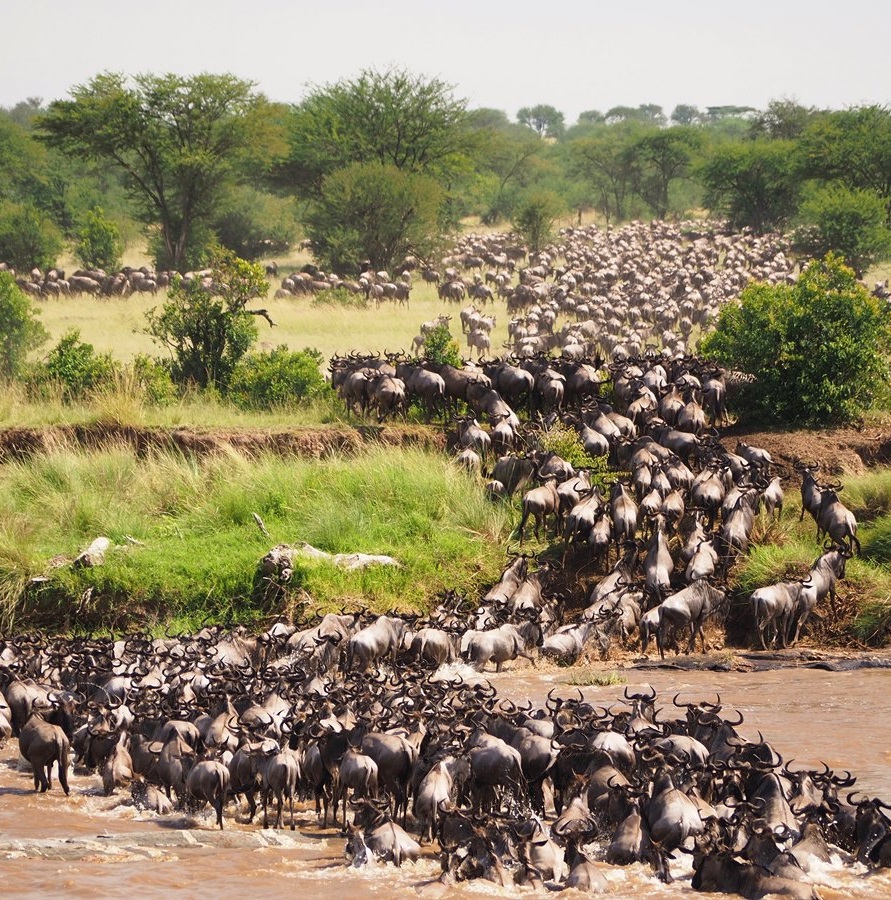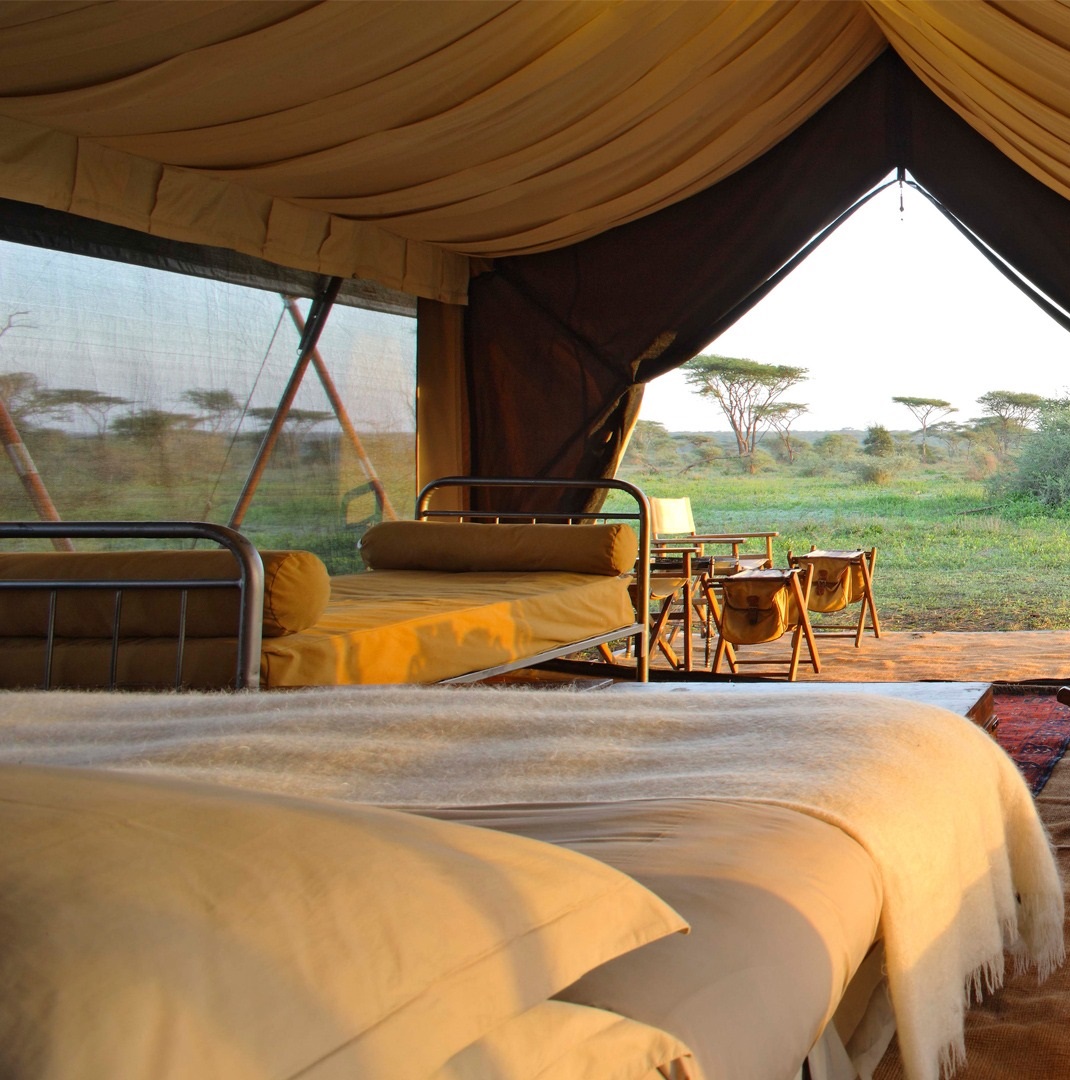Discover Tanzania: A Guide to Wildlife Safaris
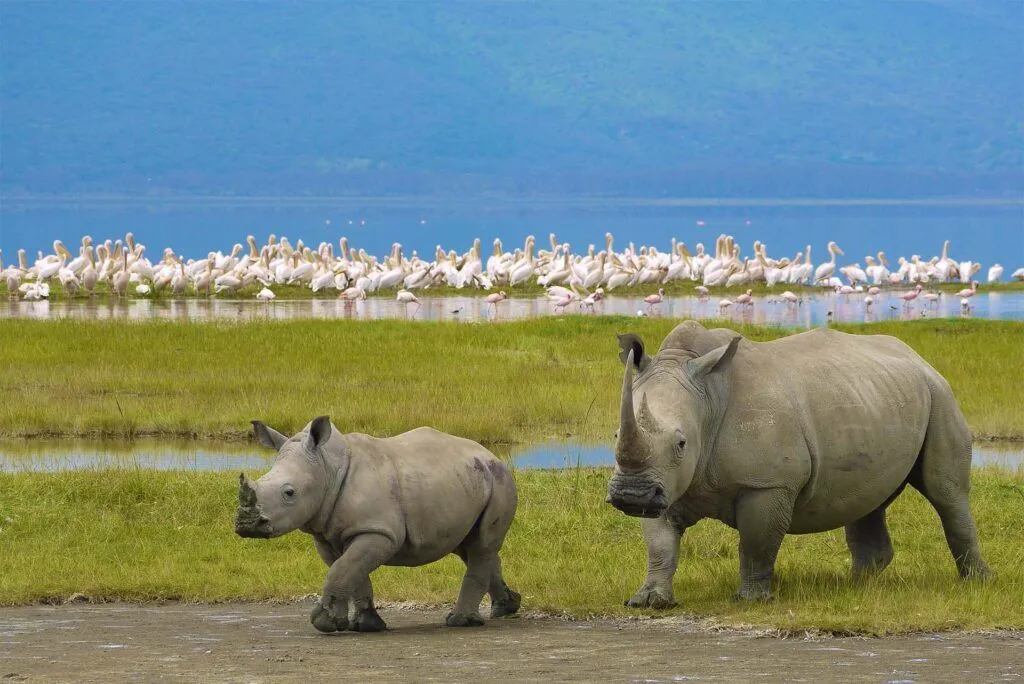

Tanzania: Africa’s Ultimate Safari Destination:
Tanzania is often regarded as the premier safari destination in the world. Safari adventures are woven into the fabric of life in this diverse East African country, which is the second-largest in the region. With an extraordinary variety of wildlife and landscapes, Tanzania offers something for every traveler.
The country boasts iconic safari spots, like the vast savannahs of the Serengeti, the wildlife-rich plains of Tarangire, and the breathtaking Ngorongoro Crater, each offering unique experiences. However, Tanzania’s wonders don’t stop there. The pristine beaches and vibrant coral reefs of Zanzibar provide a perfect balance to the country’s inland safari experiences, combining relaxation with exploration.
For those seeking adventure beyond the crowds, Tanzania also offers hidden gems. Trekking through the lush rainforests of Mahale and Rubondo to encounter wild chimpanzees is a rare and intimate experience. Similarly, the less-visited landscapes of Nyerere National Park (formerly Selous) and Ruaha provide exclusive game viewing in stunning, unspoiled environments.
Whether you’re looking for iconic wildlife sightings, tranquil beaches, or off-the-beaten-path encounters, Tanzania delivers an unparalleled safari experience that truly captures the essence of Africa.
The Best Time for a Tanzania Safari: When to Visit and Why:
Tanzania is one of the best safari destinations in the world, offering stunning wildlife experiences yearround. However, the best time for a safari depends on weather conditions, wildlife movements, and migration patterns. Below is a detailed breakdown of the best time to visit each major safari attraction in Tanzania and the reasons why.
1. Serengeti National Park –Home of the Great Migration
Best Time: June–October (Dry Season)
Why?
• This is the best time for witnessing the Great Wildebeest Migration, especially river crossings
at the Grumeti River (June) and Mara River (July–October).
• Drier landscapes make it easier to spot predators like lions, cheetahs, and leopards.
• Fewer mosquitoes compared to the wet season.
Alternative Best Time: January–March (Calving Season)
• This is when wildebeest give birth in the Ndutu Plains, attracting predators like lions and
hyenas.
• Great for seeing dramatic predator-prey interactions!
Worst Time: April–May (Long Rains Season)
• Heavy rains can make some roads impassable, and wildlife is more dispersed due to abundant
water
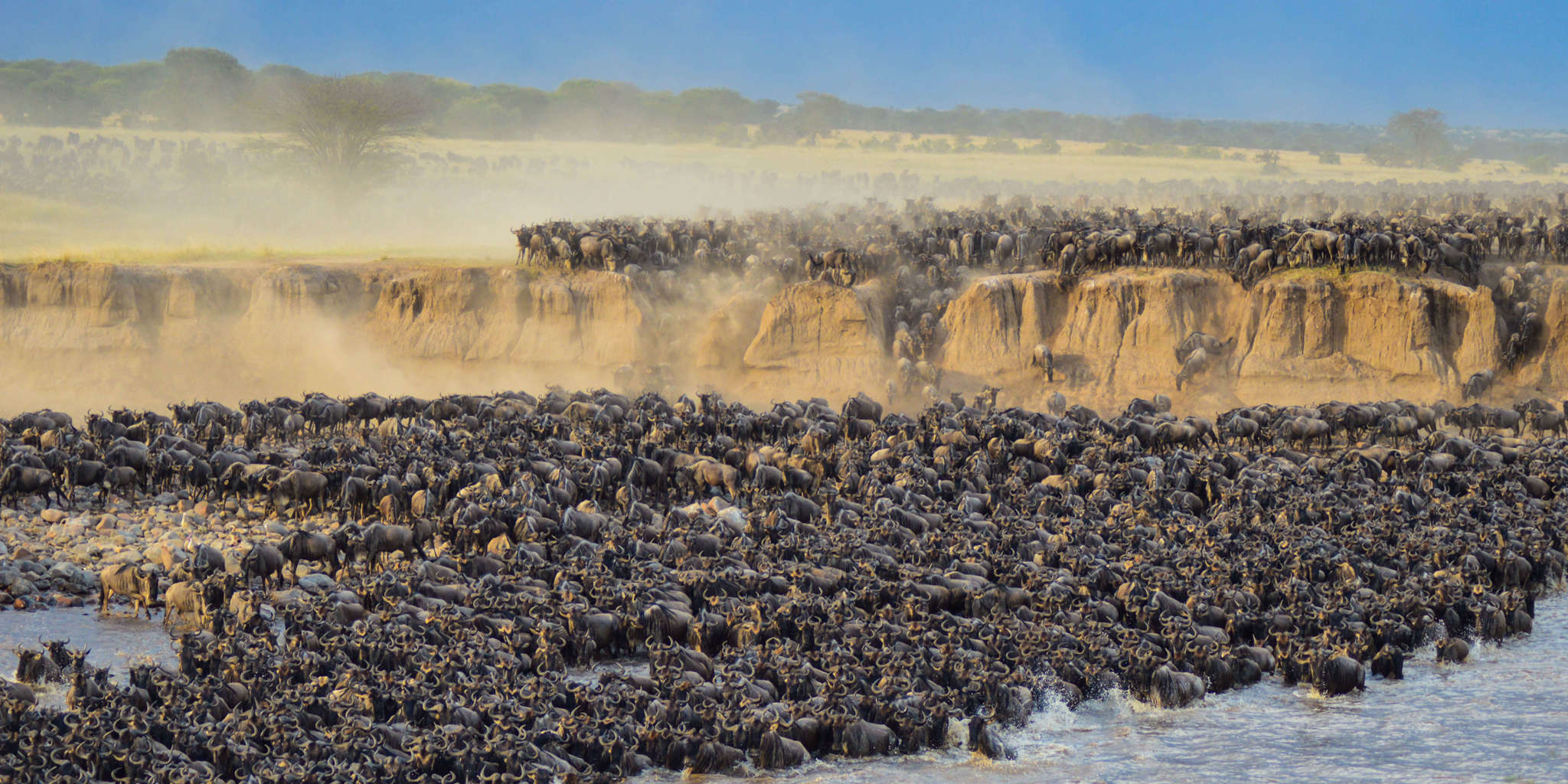
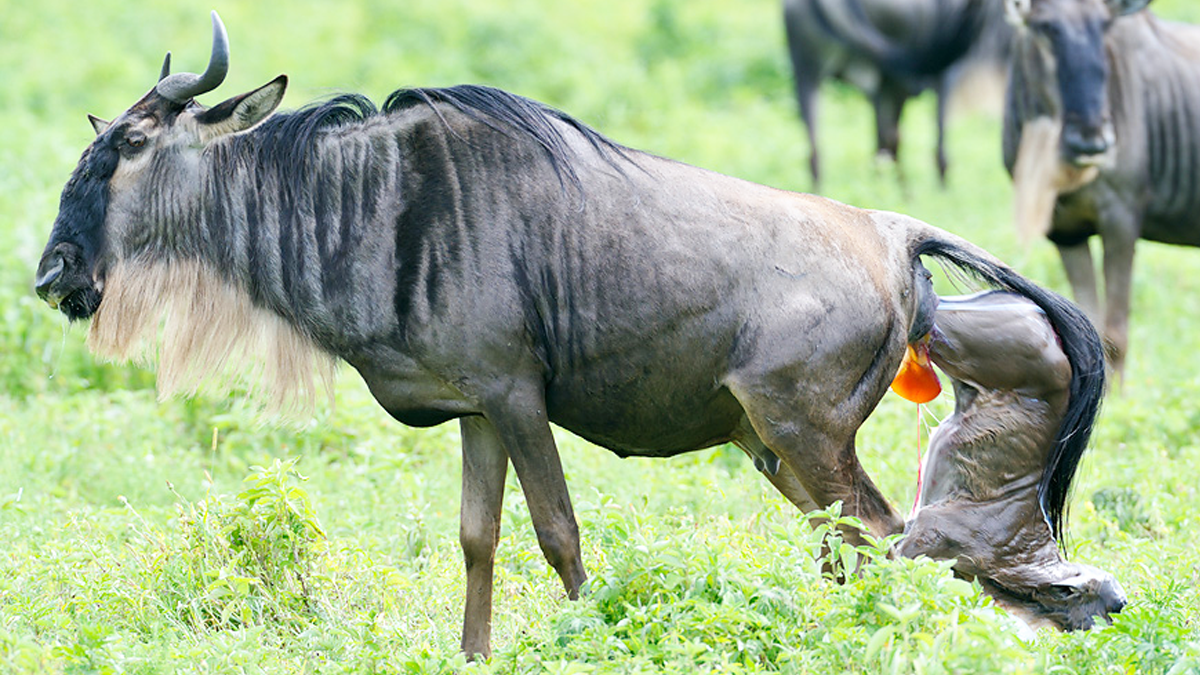
2. Ngorongoro Crater –Best Year-Round Safari Destination
Best Time: June–October (Dry Season)
Why?
• Best wildlife viewing as animals concentrate near water sources inside the crater.
• Vegetation is thinner, making it easier to spot wildlife.
• Cool temperatures (due to high altitude) make it comfortable for game drives.
Alternative Best Time: January–February (Calving Season)
• Large numbers of wildebeest, zebras, and gazelles give birth, attracting predators.
Worst Time: April–May (Rainy Season)
• Roads can be slippery, but wildlife is still abundant due to the crater’s enclosed nature.


